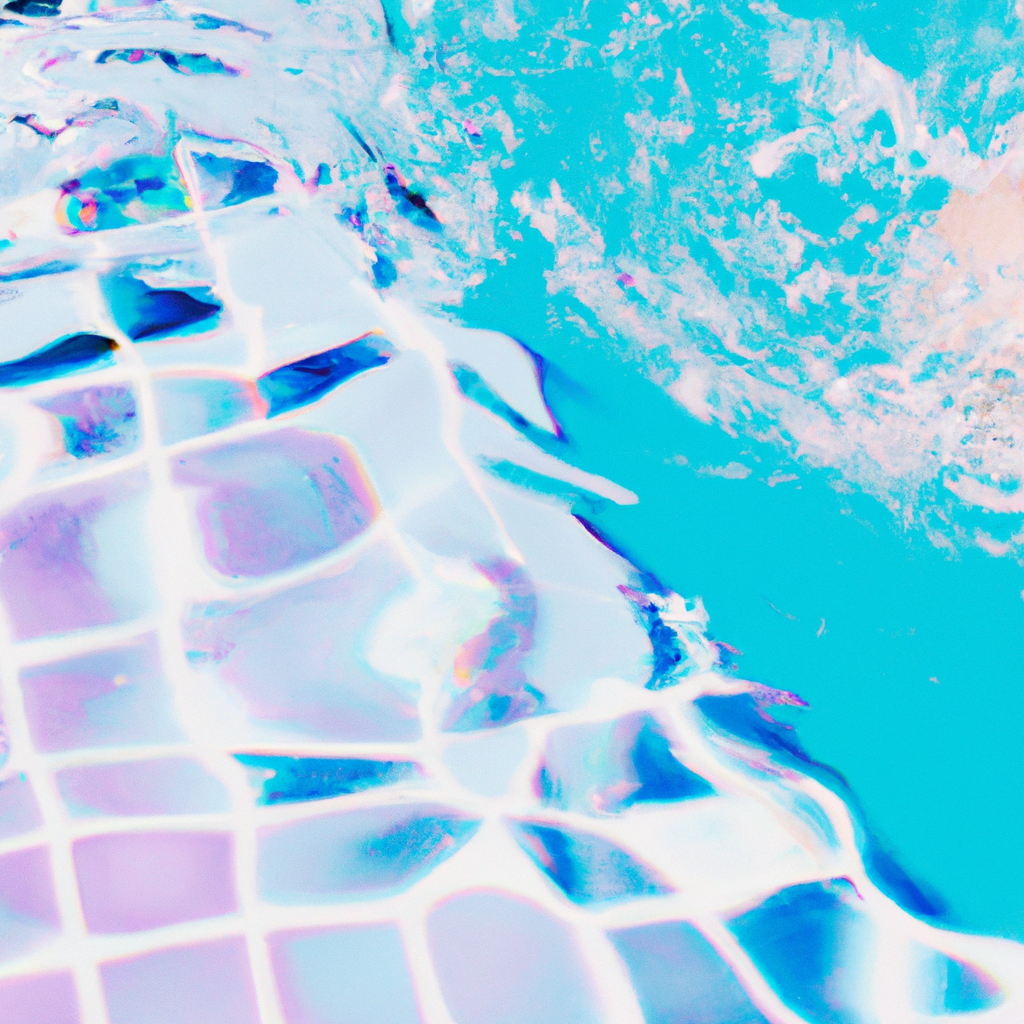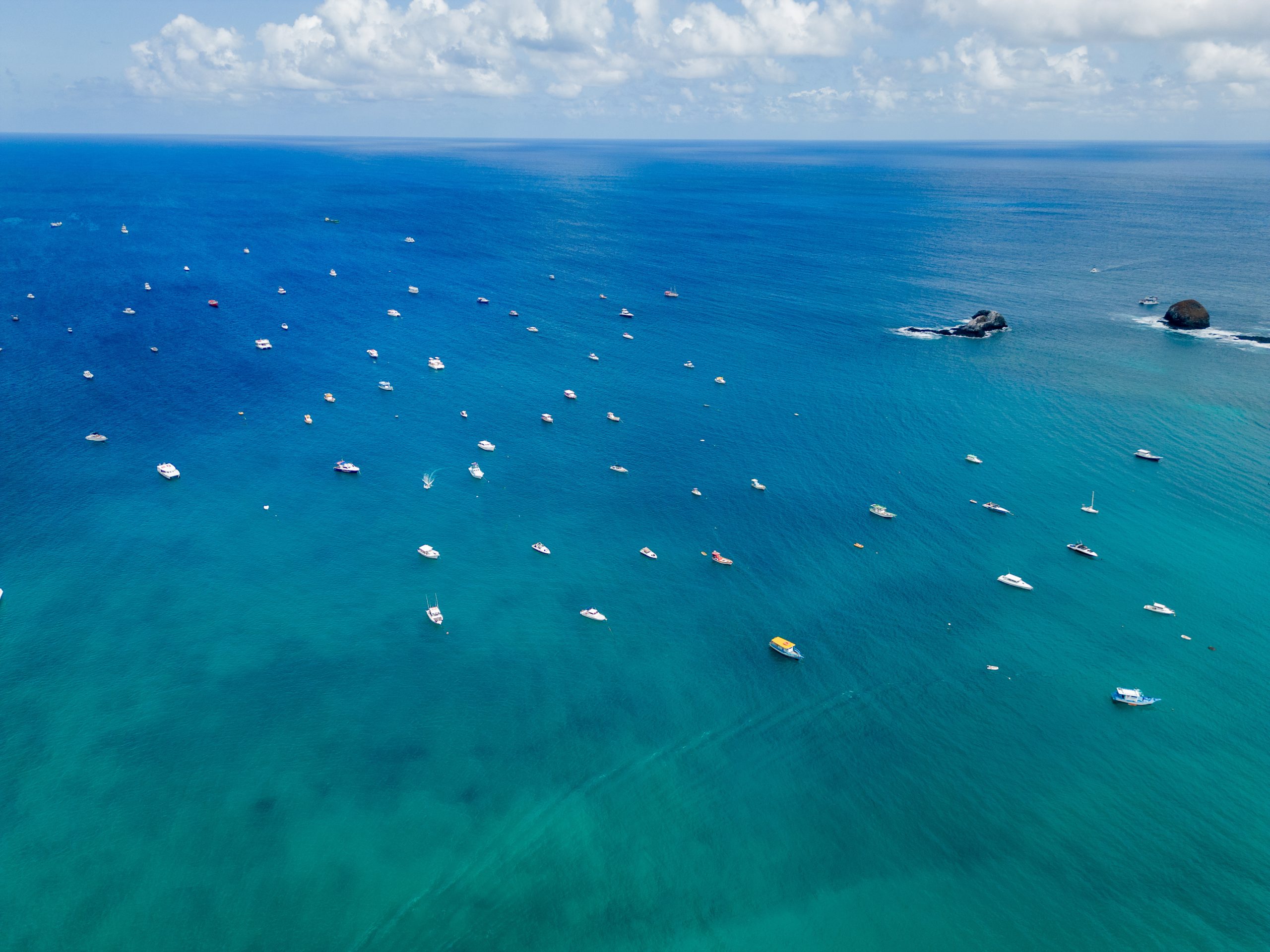So you’ve just had a refreshing swim in a chlorinated pool, but now you’re left wondering how to take care of your hair. Well, worry no more! In this article, we’ll provide you with some simple and effective tips on how to keep your locks healthy and vibrant after taking a dip in chlorinated water. Whether you’re a frequent swimmer or just enjoy a quick splash every now and then, these easy hair care routines will leave your mane looking and feeling its best.
Pre-swim Preparation
Before diving into a chlorinated pool, it’s important to take a few simple steps to prepare your hair. Wetting your hair with fresh water before swimming can actually help limit chlorine absorption. Chlorine-free water will fill the hair shaft, allowing it to absorb less chlorinated water once you dive in. Additionally, applying a protective hair product, such as a leave-in conditioner or serum, can create a barrier between your hair and the chlorine, minimizing damage.
Rinsing Immediately
After a refreshing swim, remember to rinse your hair immediately with fresh water. This helps to remove any residual chlorine in your hair and prevents it from further damaging your locks. Rinse thoroughly, making sure to focus on the roots and the ends of your hair.
To ensure that all traces of chlorine are eliminated, it’s beneficial to use a shampoo specifically designed to remove chlorine residue. These shampoos contain ingredients that can effectively break down and remove chlorine, leaving your hair feeling clean and chlorine-free.
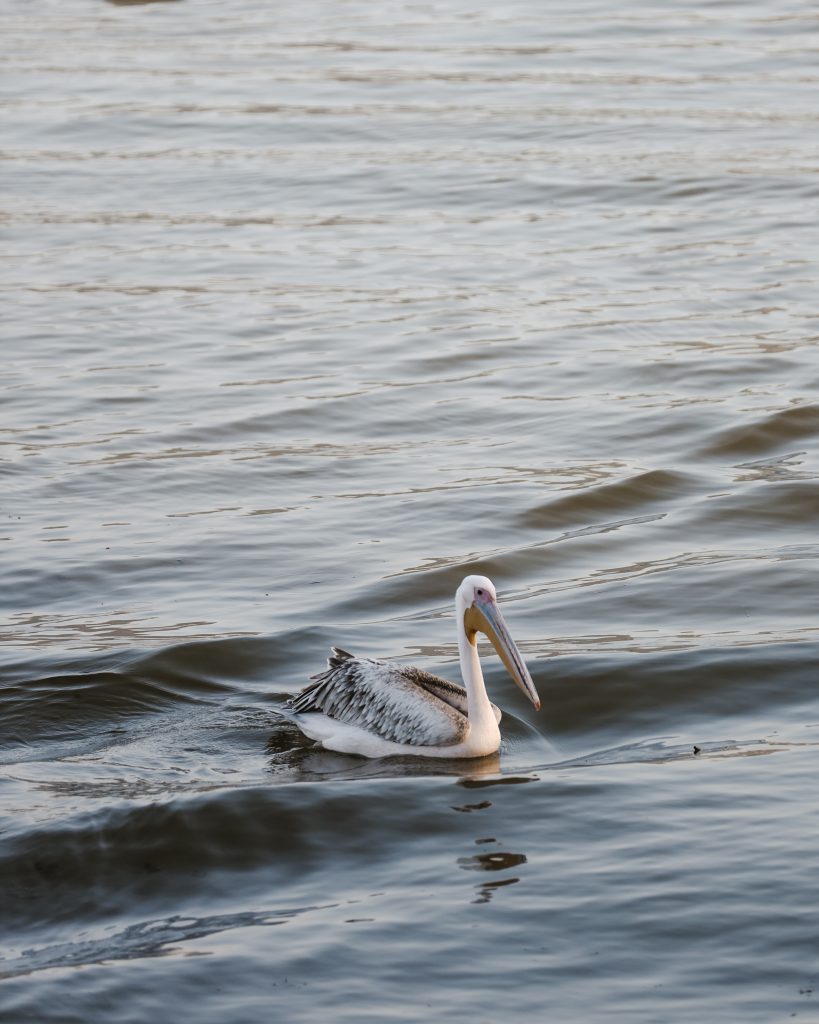
Deep Conditioning
To replenish any moisture lost while swimming in a chlorinated pool, it’s essential to apply a deep conditioning treatment. These treatments are specifically formulated to provide intense hydration and nourishment to your hair, helping to repair any damage caused by the chlorine. Leave the deep conditioning treatment on your hair for the recommended amount of time, allowing it to deeply penetrate the hair shaft and provide optimal restoration.
In addition to a deep conditioning treatment, using a leave-in conditioner is highly recommended. Leave-in conditioners provide a continuous source of moisture throughout the day, helping to prevent dryness and breakage. They also act as a protective barrier, shielding your hair from external factors that may further damage it.
Avoid Heat Styling
After swimming in chlorinated pools, it’s important to give your hair a break from heat styling. The combination of chlorine and heat can be particularly damaging, causing dryness, frizz, and breakage. Instead of reaching for your straightener or curling iron, embrace your natural hair texture and allow it to air dry. Not only will this give your hair a chance to recover, but it will also save you time and effort in your hair care routine.
If you find it necessary to use heat styling tools, make sure to use heat protectant products beforehand. These products form a protective barrier between your hair and the heat, minimizing the damage caused. Simply apply the heat protectant spray or serum evenly throughout your damp hair before using any heat styling tools.
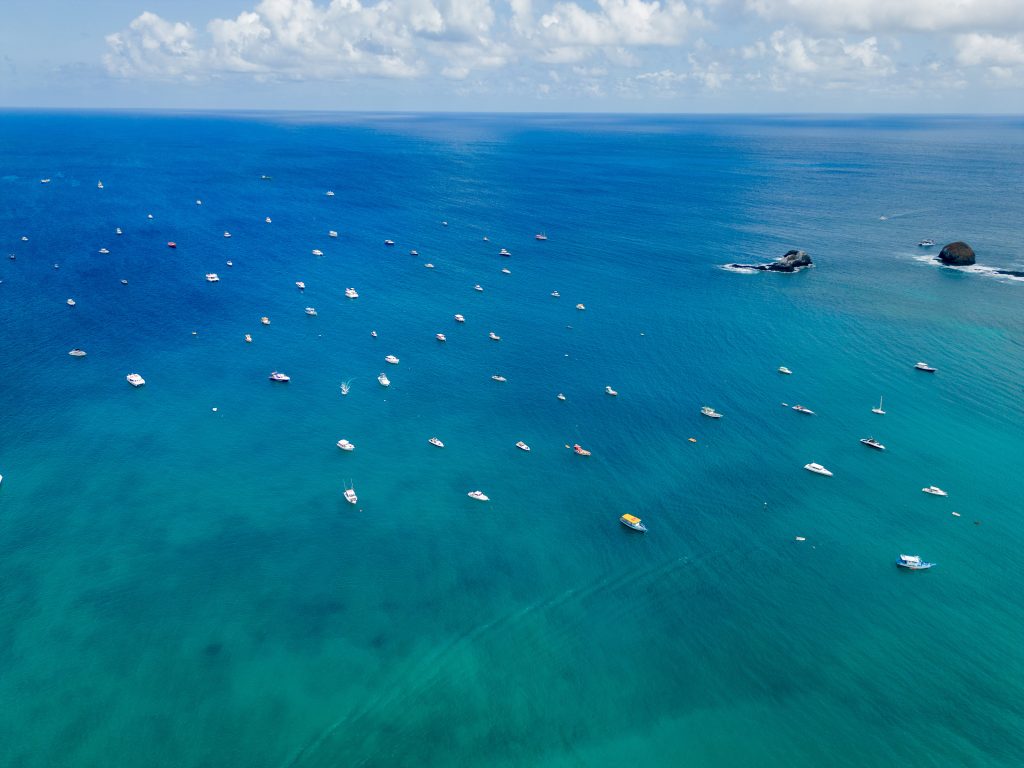
Avoid Brushing When Wet
Wet hair is more vulnerable and susceptible to damage, especially when it comes to breakage. Avoid brushing your hair immediately after swimming or when it’s still wet. Instead, gently squeeze out excess water with a towel and allow your hair to air dry until it’s about 70-80% dry.
Once your hair is no longer dripping wet, use a wide-toothed comb or a detangling brush to gently work through any knots or tangles. Start from the ends and gradually work your way up to the roots, being careful not to pull or tug on your hair. This method can help prevent breakage and minimize damage.
Natural Remedies
If you prefer more natural alternatives, there are a couple of natural remedies that can help counteract the effects of chlorine on your hair. One option is a vinegar rinse. Mix equal parts of water and apple cider vinegar, and pour the solution over your hair after swimming. The acidity of the vinegar helps to neutralize the chlorine, restoring your hair’s pH balance. Leave it on for a few minutes, then rinse thoroughly.
Another natural remedy is a coconut oil treatment. Apply warm, melted coconut oil to your hair, focusing on the ends and any damaged areas. Cover your hair with a shower cap or towel, and leave the coconut oil on for at least 30 minutes before rinsing it out. Coconut oil is known for its nourishing properties and can help restore moisture and vitality to chlorine-damaged hair.

Avoid Overwashing
While it may be tempting to wash your hair every day after swimming in chlorinated pools, overwashing can actually do more harm than good. Frequent washing can strip your hair of its natural oils, leaving it dry and brittle. Instead, consider using dry shampoo in between washes to absorb excess oil and refresh your hair. Dry shampoo can help extend the time between washes and reduce the overall exposure of your hair to water and chemicals.
When you do wash your hair, opt for a gentle shampoo that is free of sulfates and harsh chemicals. These types of shampoos are milder on your hair and scalp, ensuring that your hair remains nourished and hydrated. Look for shampoos labeled as “gentle” or “sulfate-free” to maintain the health of your hair after swimming.
Protective Hairstyles
Protective hairstyles can be a lifesaver for your hair, especially after swimming in chlorinated pools. Braids or twists are excellent options as they keep your hair neatly secured and prevent it from tangling and breaking. These styles also help to trap moisture and prevent it from evaporating too quickly, keeping your hair hydrated and healthy.
Another protective hairstyle is a loose bun or ponytail. By gently pulling your hair back into a loose bun or low ponytail, you prevent it from rubbing against clothing or accessories, reducing friction and minimizing damage. This style also helps to maintain your hair’s natural waves or curls, preserving its texture and reducing the need for heat styling.
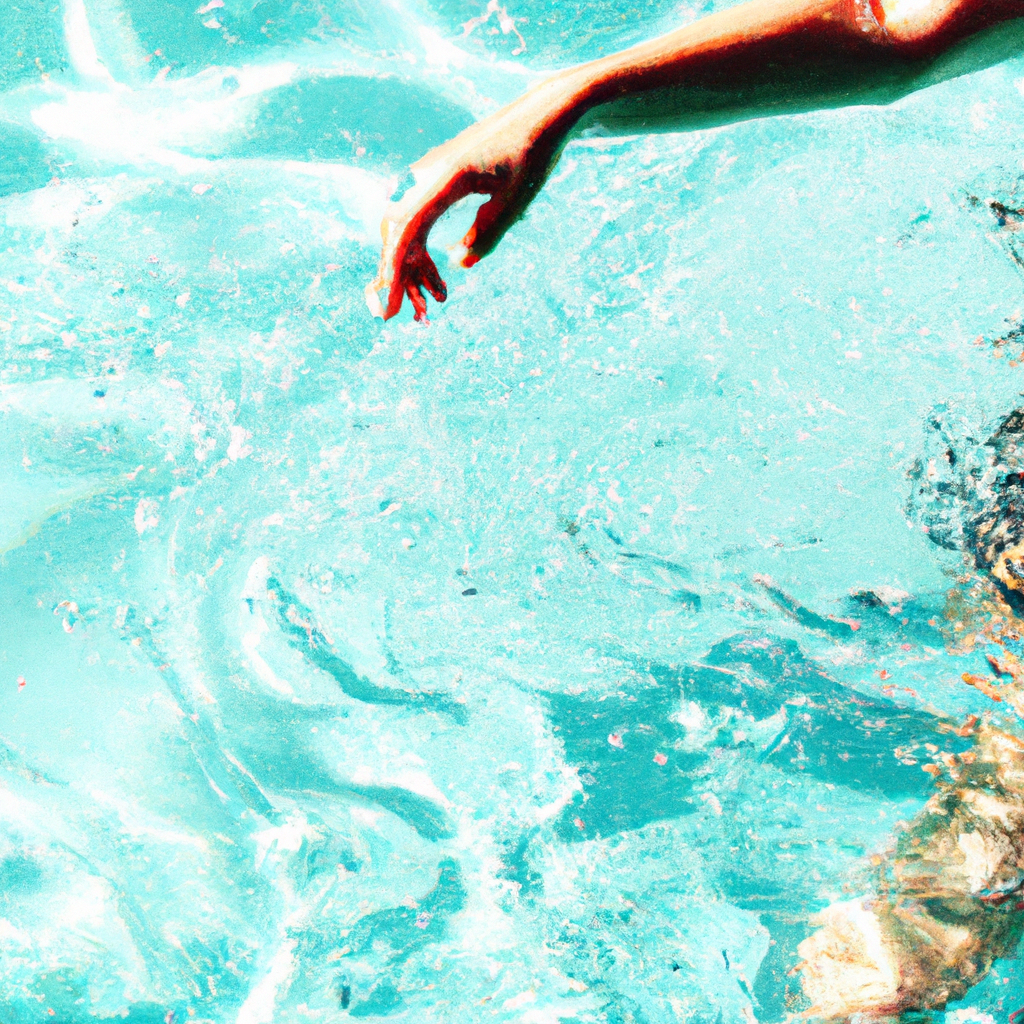
Regular Trims
Regular trims play a crucial role in maintaining the health of your hair after swimming in chlorinated pools. Chlorine exposure can cause damage, leading to split ends and breakage. By getting regular trims, you can remove any split ends and prevent them from traveling up the hair shaft, ultimately promoting healthy hair growth.
Make it a habit to trim your hair every 6-8 weeks, or whenever you notice the ends becoming dry, frayed, or damaged. Regular trims not only help maintain the overall appearance of your hair but also ensure that it remains in optimal condition even after exposure to chlorine.
Consult a Professional
If you’re unsure about the best way to care for your hair after swimming in chlorinated pools, it’s always a good idea to seek advice from a professional hairstylist. They can assess the condition of your hair and provide personalized recommendations based on your specific needs and hair type. Whether it’s suggesting specific products, treatments, or hair care routines, a hairstylist can help guide you in the right direction.
In some cases, you may also consider professional hair treatments designed specifically to repair and restore chlorine-damaged hair. These treatments often involve a combination of deep conditioning, protein treatments, and targeted repair products. By consulting with a professional, you can explore these options and choose the best course of action for your hair.
Taking care of your hair after swimming in chlorinated pools is essential to maintaining its health, strength, and shine. By following these tips and incorporating these practices into your hair care routine, you can ensure that your hair is well-cared for and protected against the damaging effects of chlorine. So dive in, have fun, and let your hair shine!
